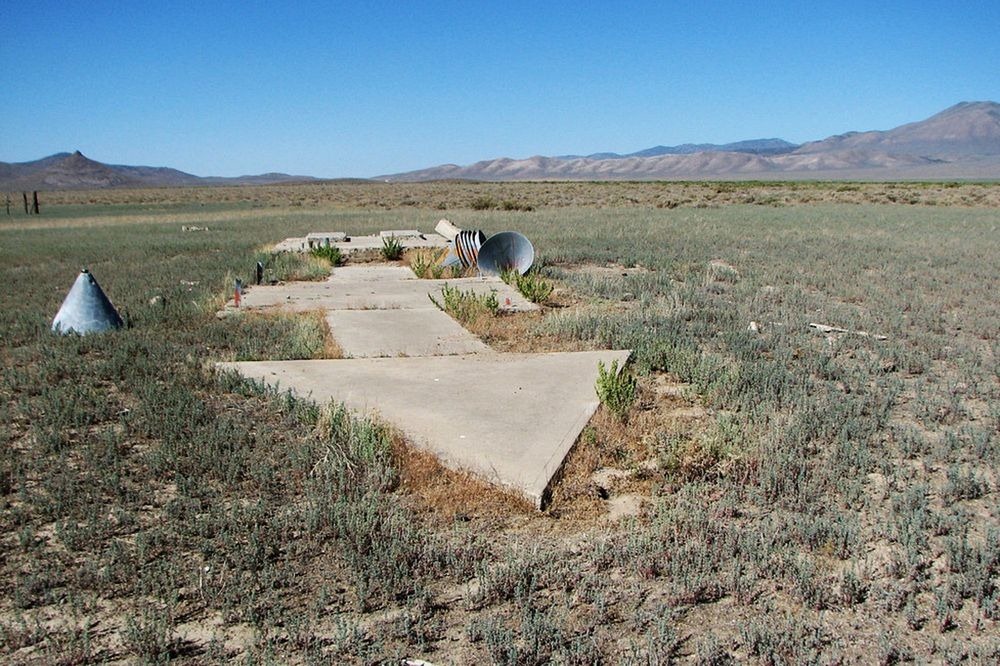Flying was still a risky business.
This was also the time when there were no GPS, radar or radio guidance.
Pilots had to navigate their way across the country by picking out visible landmarks up from the air.
This made flying at night impossible.
Remnants of a Transcontinental Air Mail Route Beacon atop a bluff in St. George, Utah.
Each of these arrows were 15 to 21 meters across and were painted bright yellow.
By the 1930s, as many as 1,500 beacons were installed stretching for 18,000 miles across the country.
The new beacon system proved to be quite useful.
Even after that, some beacons continued to operate in limited capabilities into the mid-60s.
The Montana Department of Transportation Aeronautics Division still uses about 19 of them in the mountains of Western Montana.
During the Second World War, many of these steel towers were dismantled for scrap.
Only a few weathered arrows now remain scattered across the American landscape.
![]()
The 1924 U.S. Air mail route.
Photo credit: unknown
An airway beacon in Utah.
Photo credit: Patrick Wiggins
An arrow in Sweetwater, Wyoming.
Photo credit:www.cibolahistory.org
Sources:City Lab/Smithsonian/epod.usra.edu/Gizmodo/Sometimes Interesting






